Inbox and Environment News: Issue 409
June 16 - 22, 2019: Issue 409
Mona Vale Dunes Bushcare
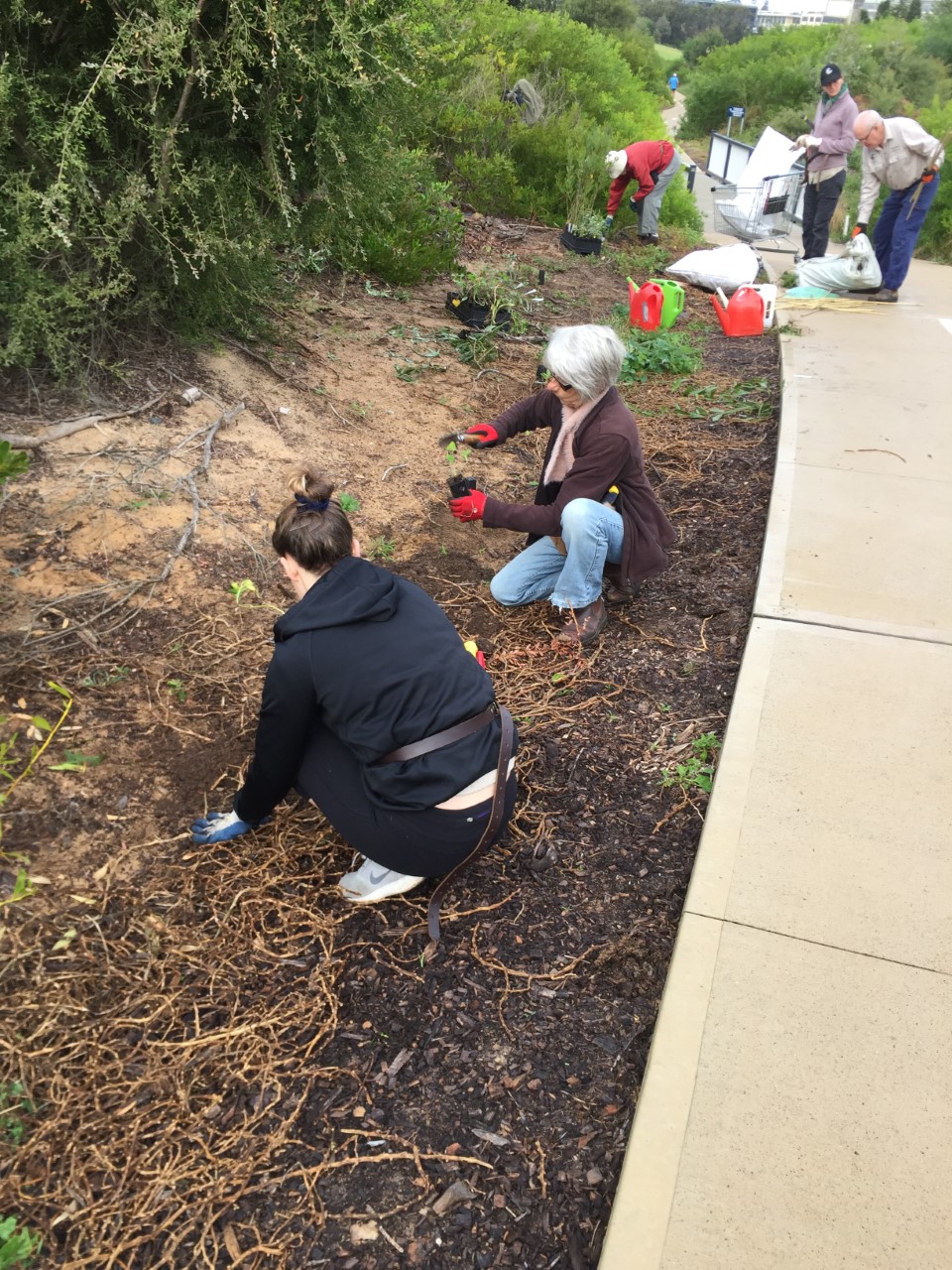
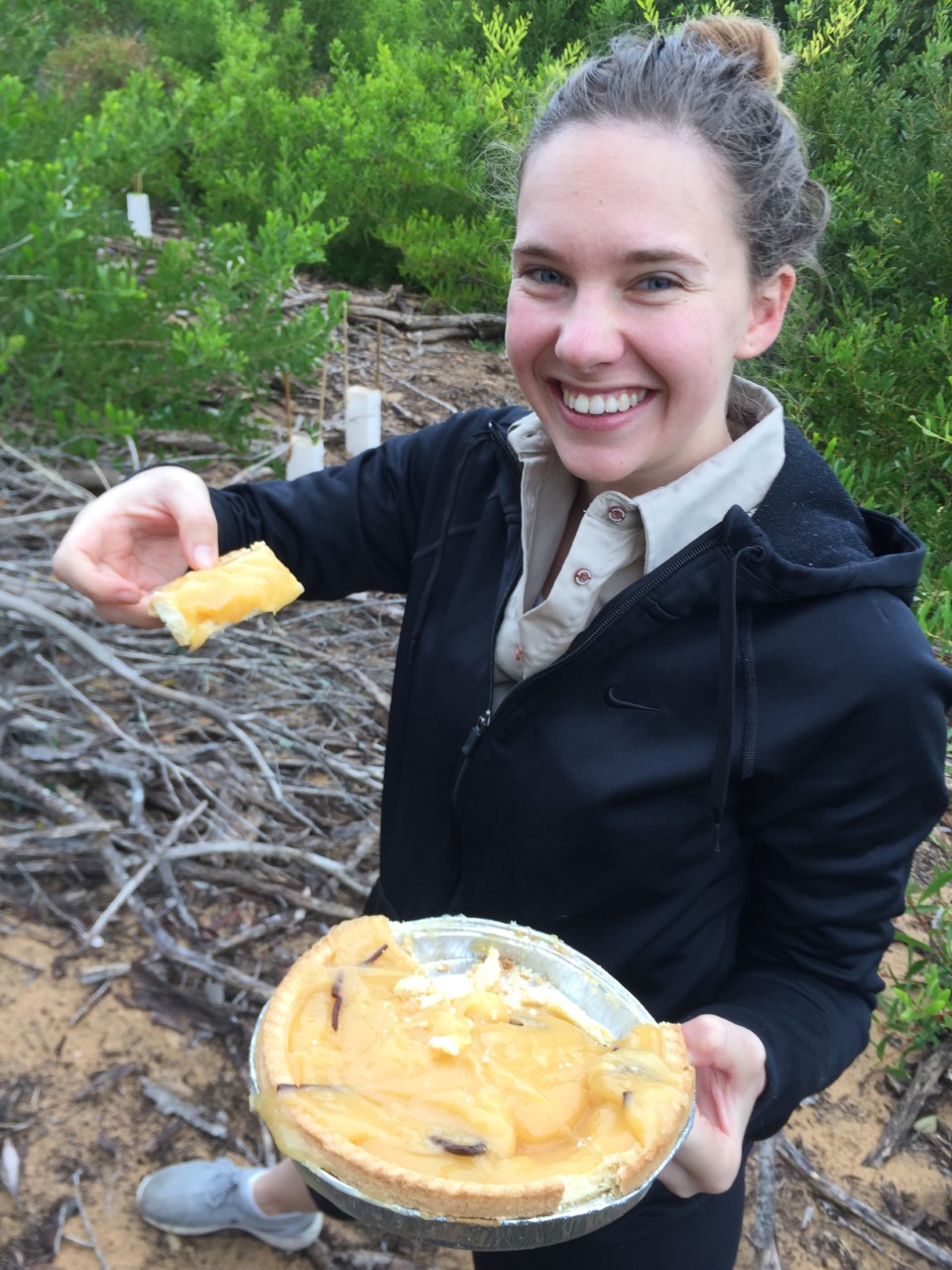
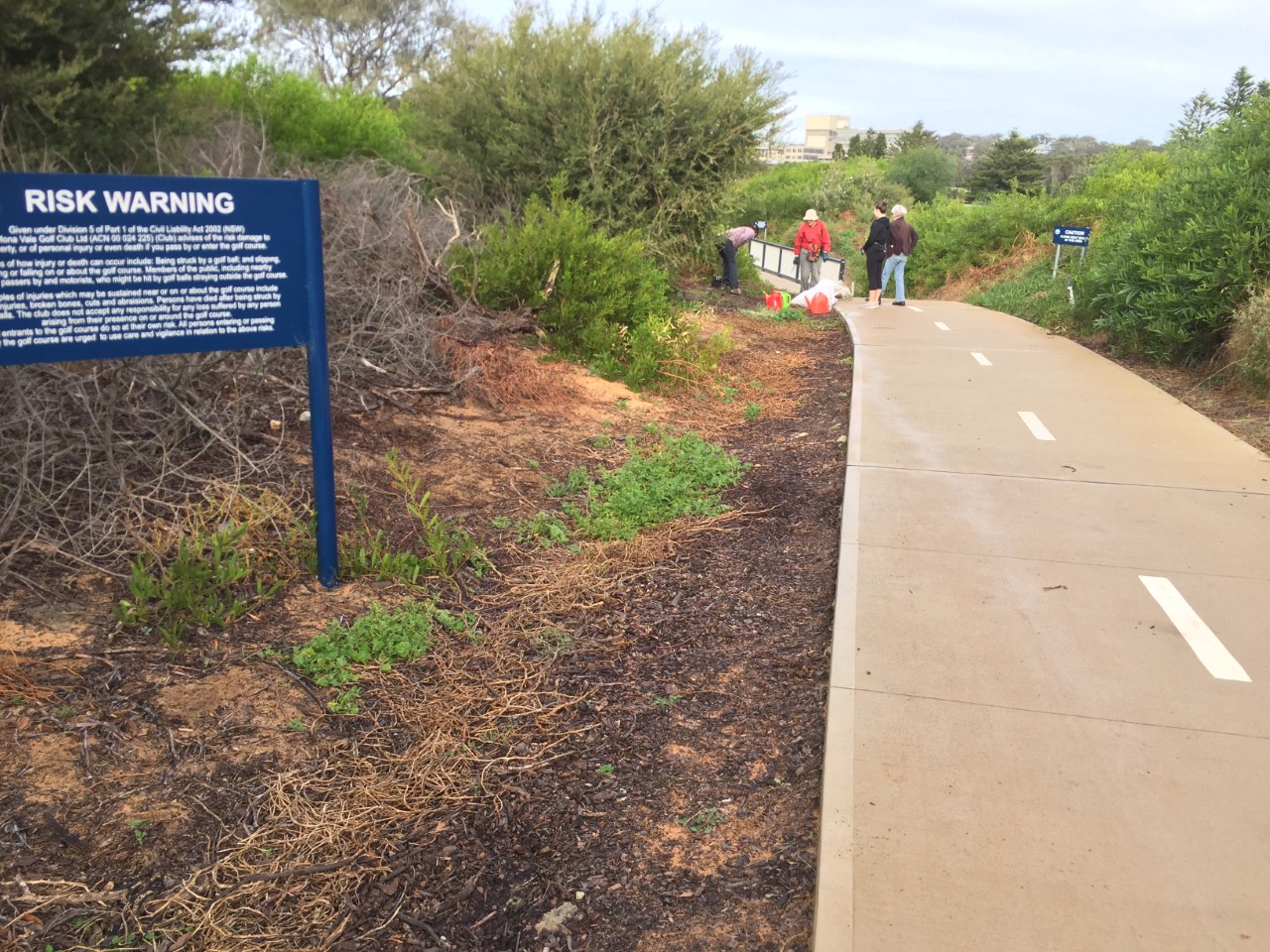
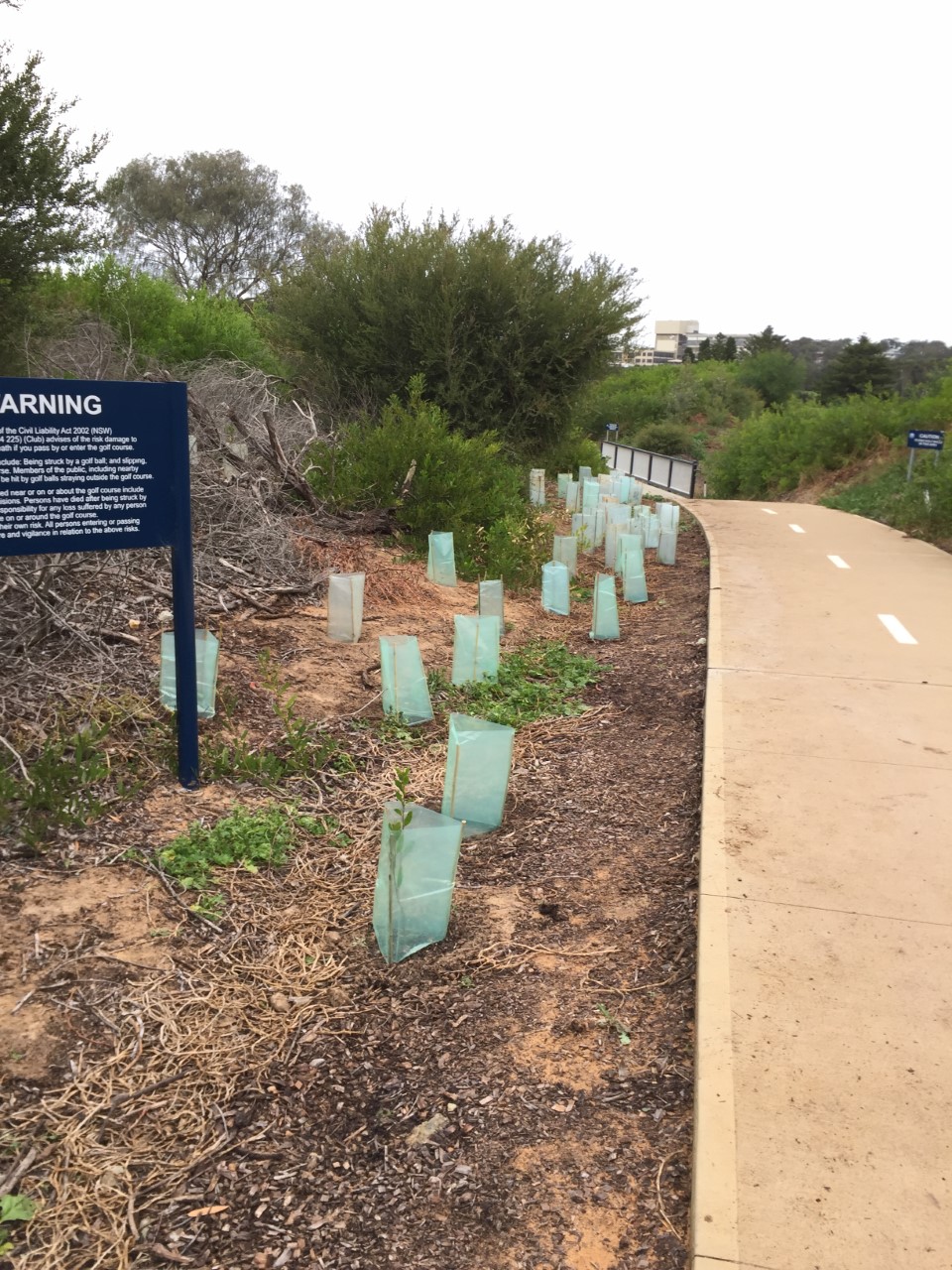
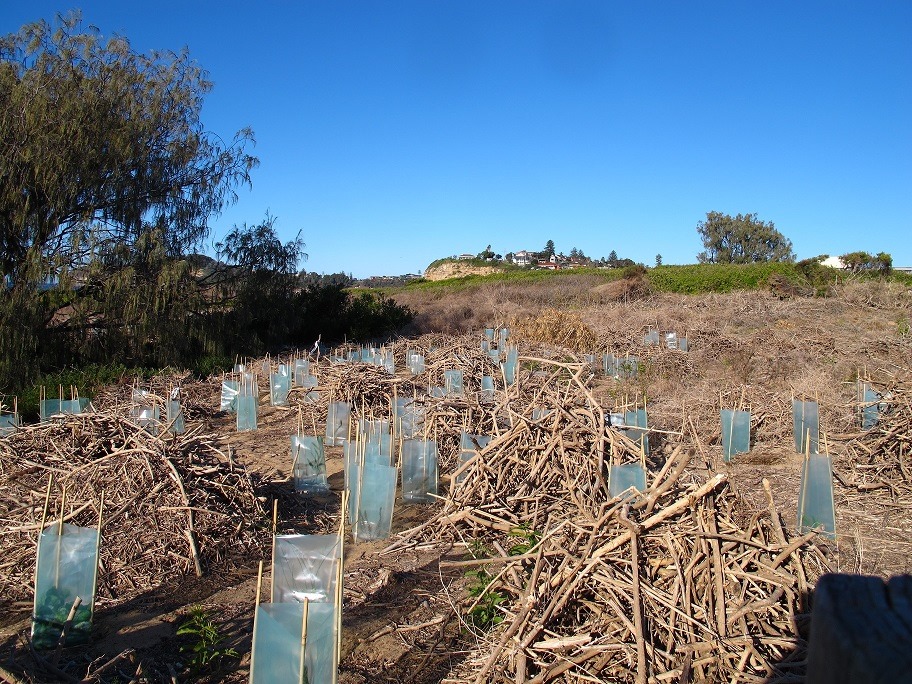
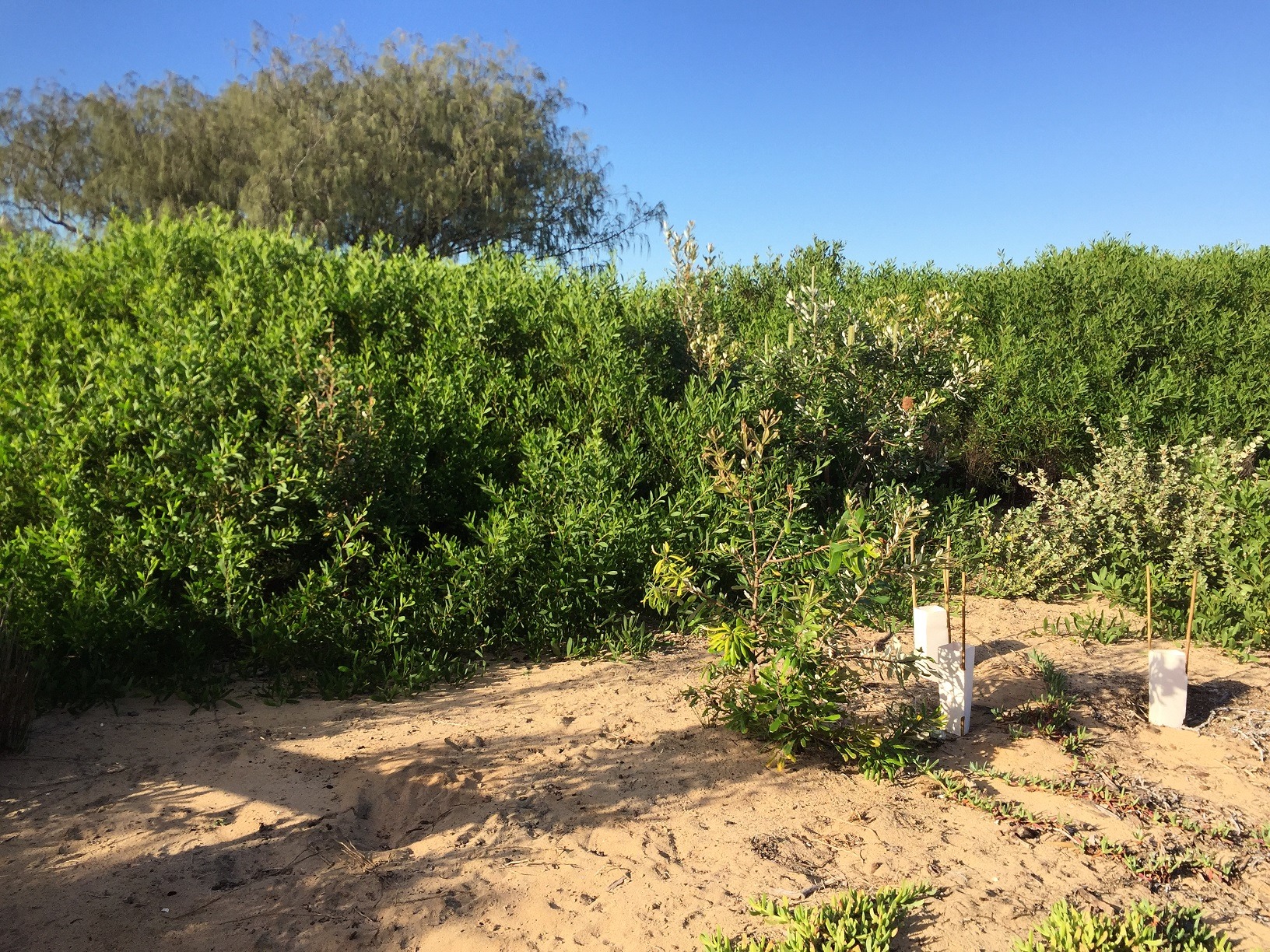
Avalon Boomerang Bags Celebrating 4 Years This June
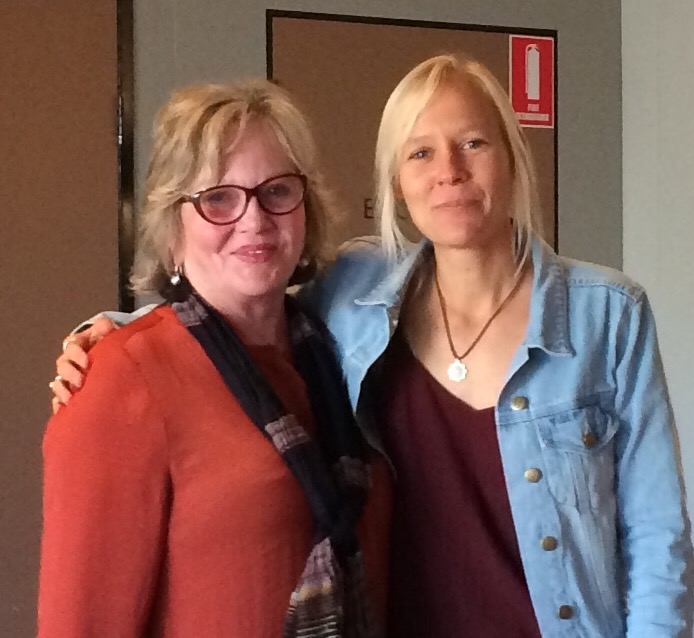

- Avalon Village Meats
- Herforts Chemist Avalon
- Chambers Cellars Avalon
- Andrew Blake Real Estate
- Johnson Brothers Mitre 10 Avalon
- Elvina Ave Supermarket
- North Avalon - Porters Liquor
- Bilgola-Organics Avenue/Four Square
- Clareville Cellars
Diary Dates
Whale On!
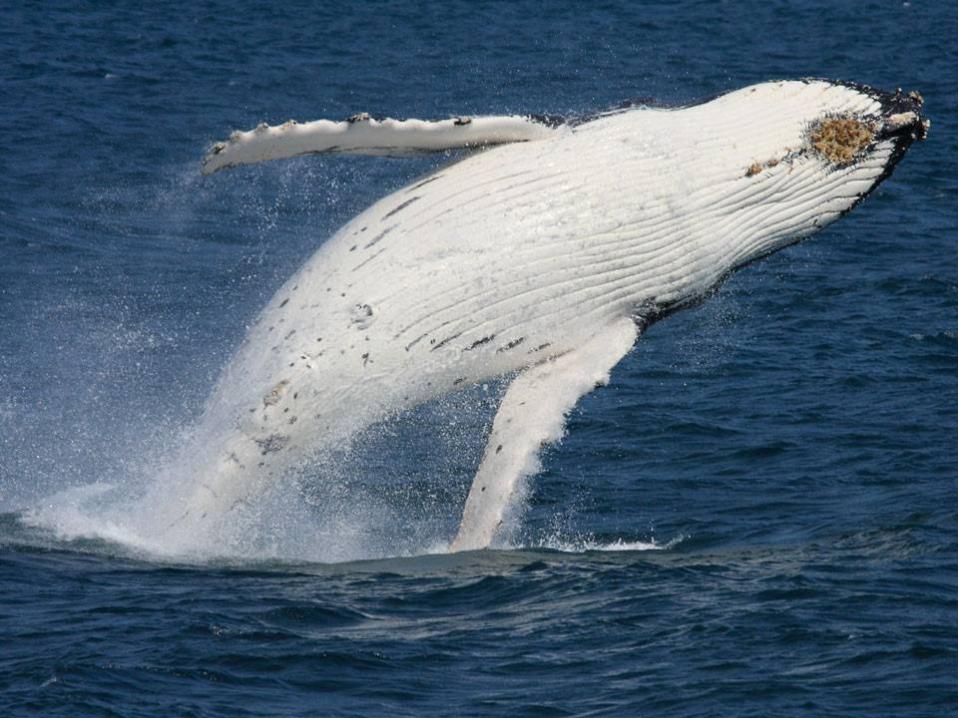
Catch A Glimpse Of A Humpback Whale
Visit a coastal NSW national park to spot a humpback whale, as they start their annual migration north.
From May to November 2019, over 30,000 humpback whales will migrate from the cold waters of Antarctica to the warmer waters off north east Australia to mate and give birth before heading south again.
Vantage spots for whale watching include national parks with lookouts, headlands and foreshores.
Southern right and minke whales may also be spotted off the NSW coast during migration season.
Keen whale-watchers can download the free Wild About Whales mobile app, which helps users find the best locations for spotting whales, get real-time notifications of nearby sightings, and record their sightings.
Environment Minister Matt Kean said the app is a great tool for the whole family to learn more about whales, while also contributing to a citizen science project.
“Citizen science volunteers and other organisations such as ORRCA do an amazing job of monitoring the number of whales migrating along the NSW coast each season,” Mr Kean said.
National Tree Day 2019
Adani Is Cleared To Start Digging Its Coal Mine – Six Key Questions Answered
Read more: Adani's finch plan is approved, just weeks after being sent back to the drawing board
Read more: If the Adani mine gets built, it will be thanks to politicians, on two continents
Adani Water Approval: Original Custodians Response
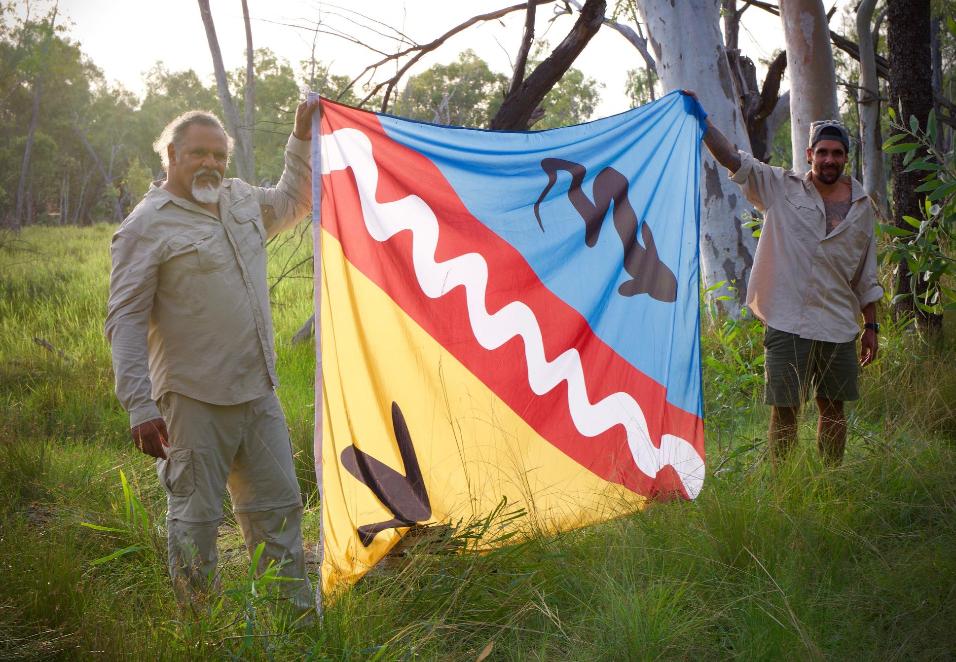
Adani Groundwater Plan Approval Flushes Farmers’ Hopes For A Fair Go
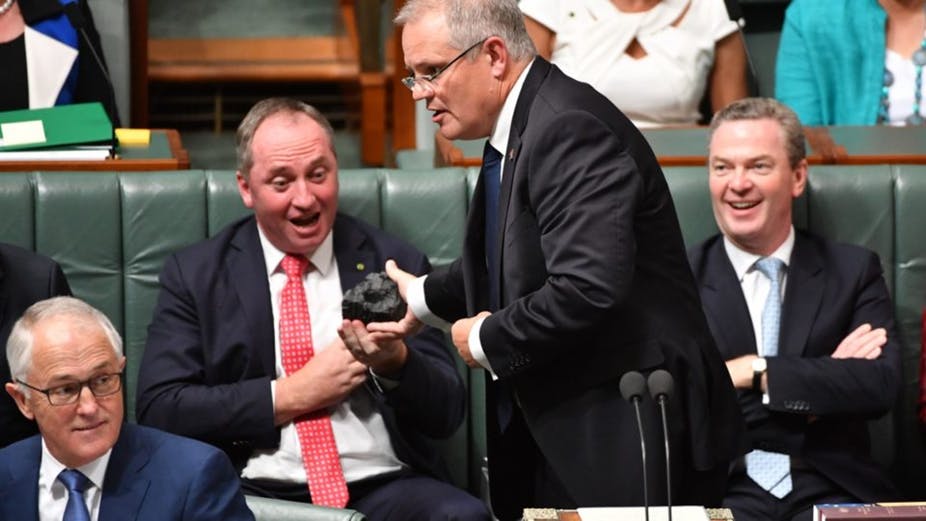
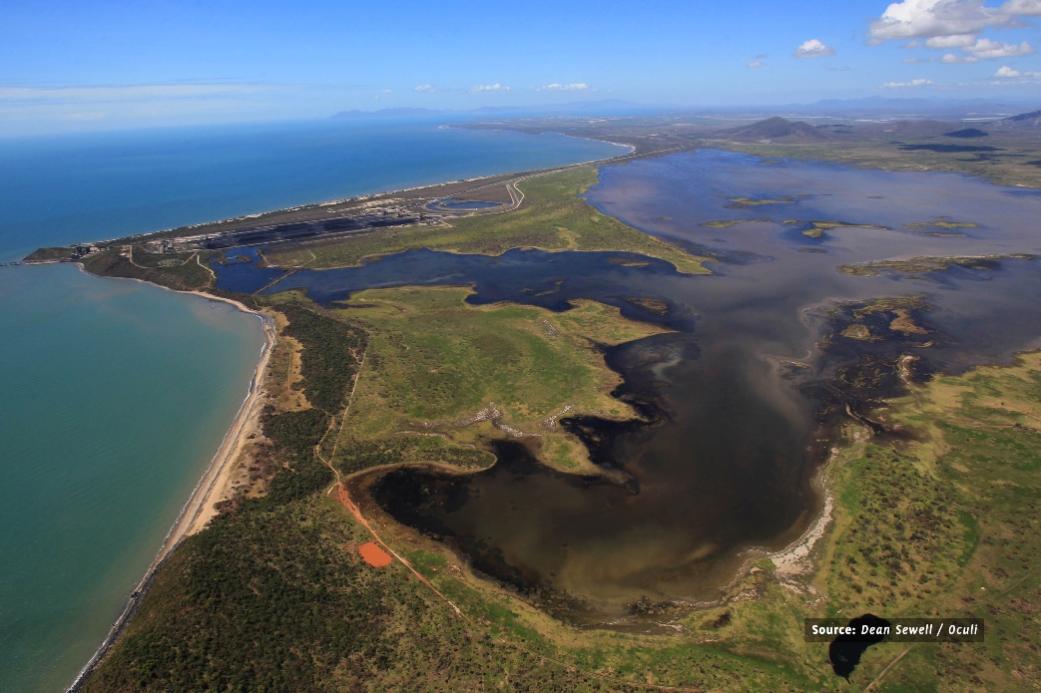
Where To On Adani?
- The Wangan and Jagalingou Family Council have said no to Adani five times, and their latest court appeal to Adani’s sham Indigenous Land Use Agreement was heard last month by the full bench of the Federal Court. A decision is expected in late August-early September. This press release from W&J provides a general update on their ongoing struggle. You can donate to support their work here.
- Adani needs two more federal approvals, and to act on two state requirements, before it can begin mining coal, including Federal approval of the Great Artesian Basin Springs Research Plan and the Rewan Formation Connectivity Research Plan.
- The Australian Conservation Foundation’s court challenge to the Federal Government’s decision to not refer the North Galilee Water Scheme project was successful, which sends that approval process back to the Morrison Government. Lawyers are looking into other possible legal actions including over both the Federal and Queensland Governments’ rushed approvals of Adani's groundwater plan.
- Adani has not yet clarified who will build the mine, or where the finances are coming from. But we expect that despite many analysts speculating about whether or not the project will stack up financially, in short, any project can become financially viable with enough subsidies from the governments. With the election of governments in Australia and India that support Adani’s coal expansion, we need to be on high alert that Adani will be seeking taxpayer handouts. This piece is helpful in understanding some of the dynamics.
- Sign the pledge to show Adani you’re willing to do what it takes to stop their planet-cooking coal mine.
- Join or start a local group.
- Come along to the StopAdani assemblies and make some serious plans to stop Adani with people from across the movement.
- deepen connections between the 50+ groups in our region
- finalise our evaluation of the election and
- get the most up to date analysis on Adani’s progress and the options available to stop the mine
- discuss and shape the national and local strategies that will help grow an even bigger and boulder movement for climate action.
Federal Environment Minister Approves Adani Water Plan Without CSIRO And Geoscience Australia Concerns Being Addressed: April 2019
“CSIRO is of the view that Adani’s responses should satisfy the recommendations to update the groundwater models and are directed to address the modelling-related issues and concerns raised in our advice, noting that there are still components of that advice that will need to be addressed."
Independent Assessment By CSIRO And Geoscience Australia For Groundwater Management Plans
- A substantial increase of early warning monitoring between the mine and the Doongmabulla Springs using additional deeper bores and an additional bore site to monitor flows
- Tightened corrective action triggers requiring an immediate response to any unexpected groundwater impact
- Commitments to re-run the model addressing all Geoscience Australia and CSIRO concerns within two years of the commencement of coal extraction (noting there are no predicted impacts to nationally protected matters within 15 years).
Undocumented Plant Extinctions Are A Big Problem In Australia – Here’s Why They Go Unnoticed
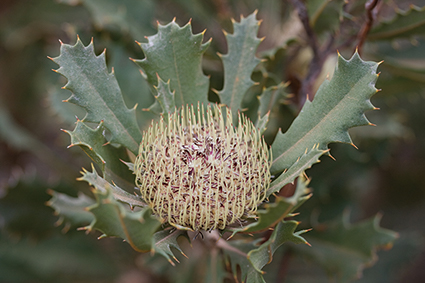
Read more: 'Plant blindness' is obscuring the extinction crisis for non-animal species
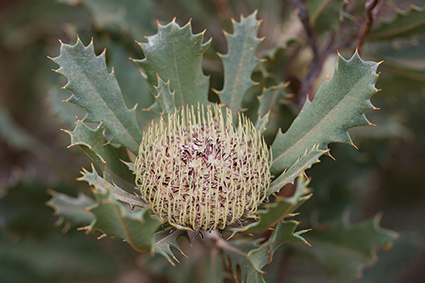
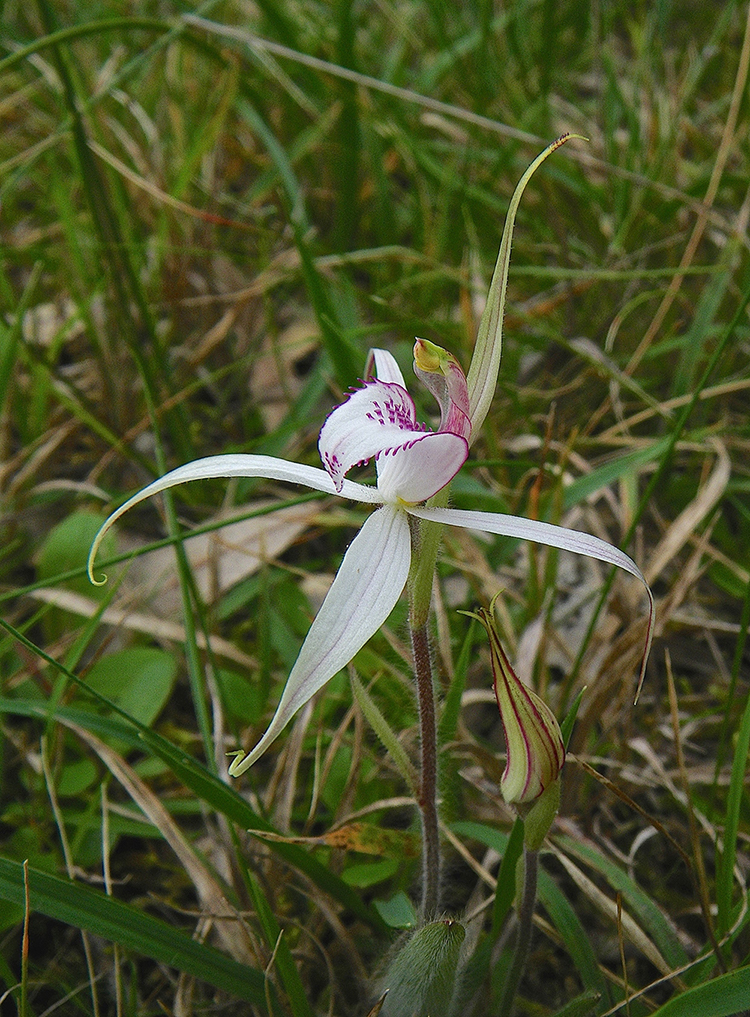
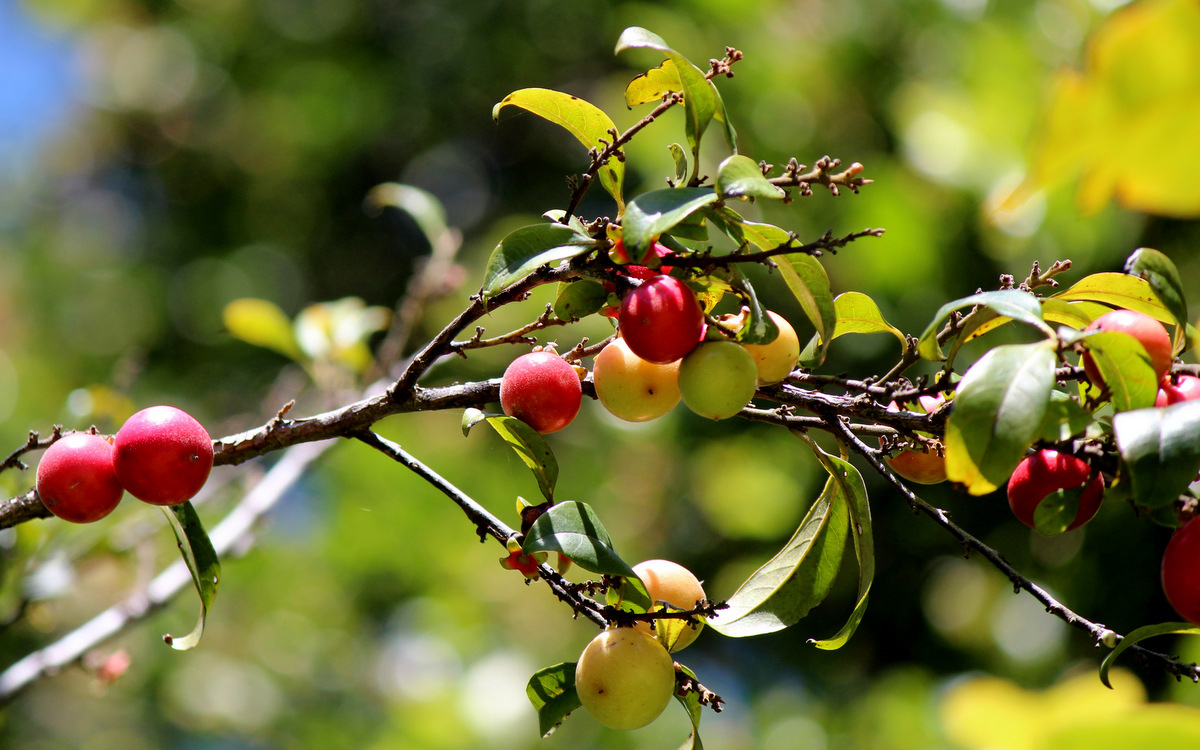
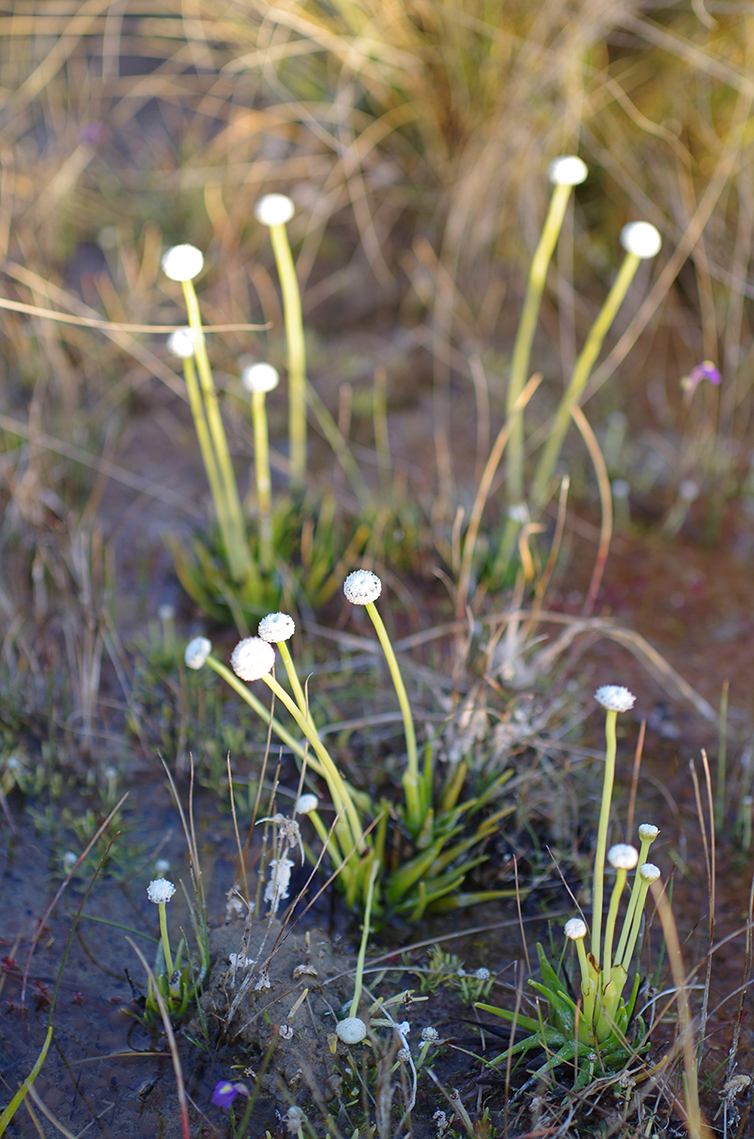
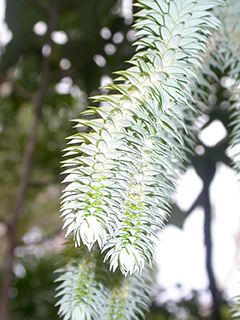
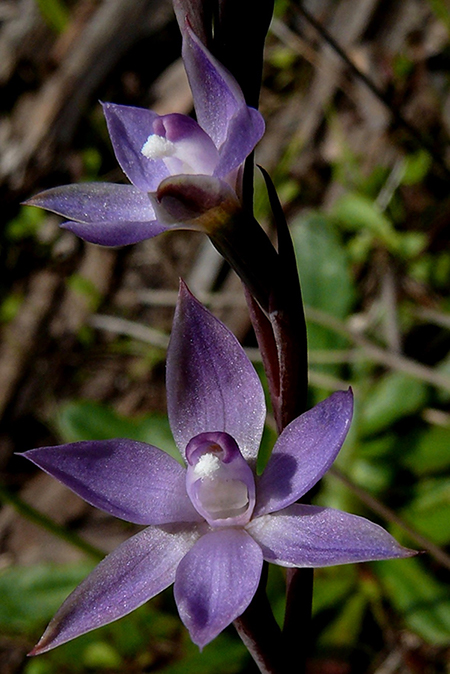
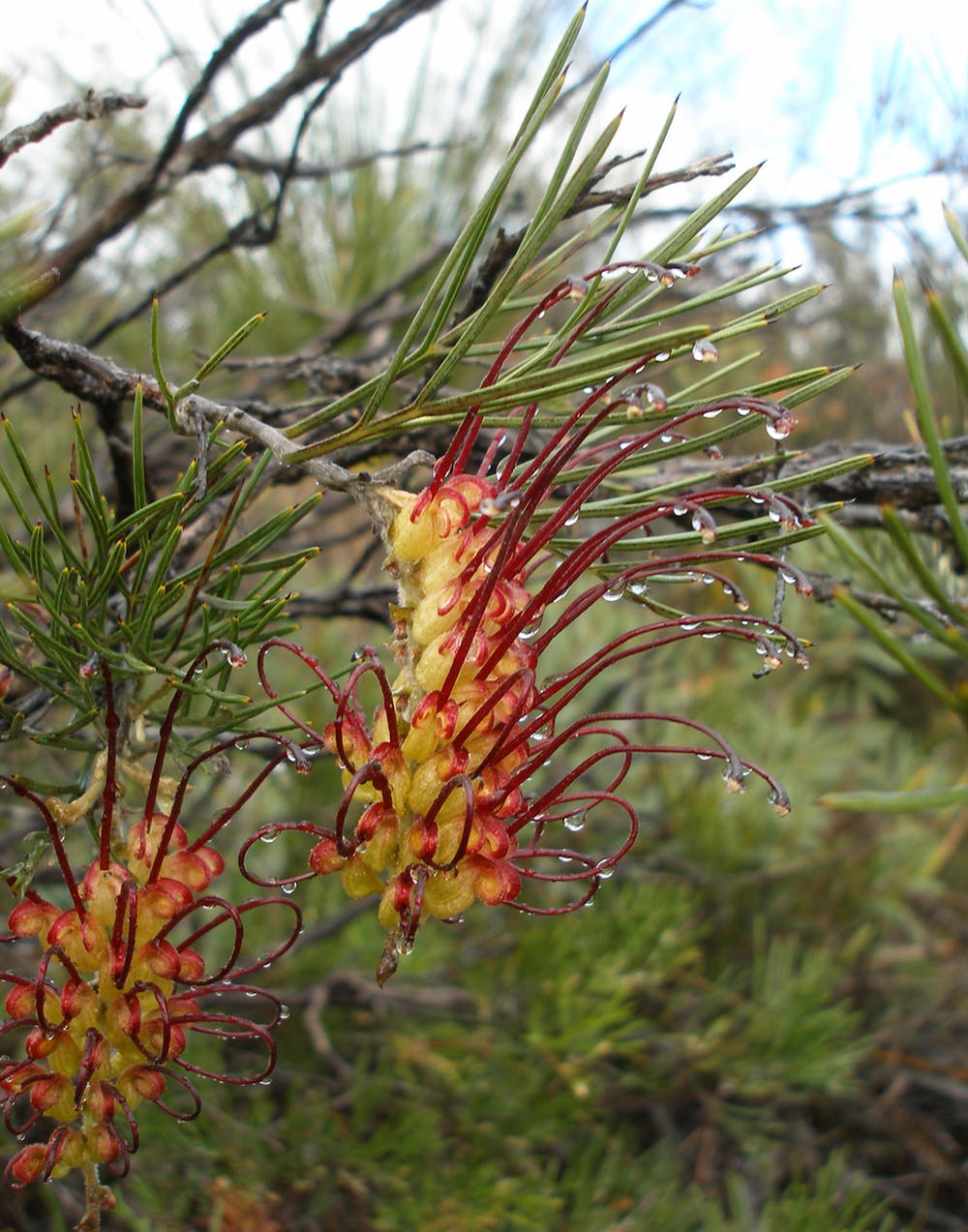
Read more: 'Revolutionary change' needed to stop unprecedented global extinction crisis
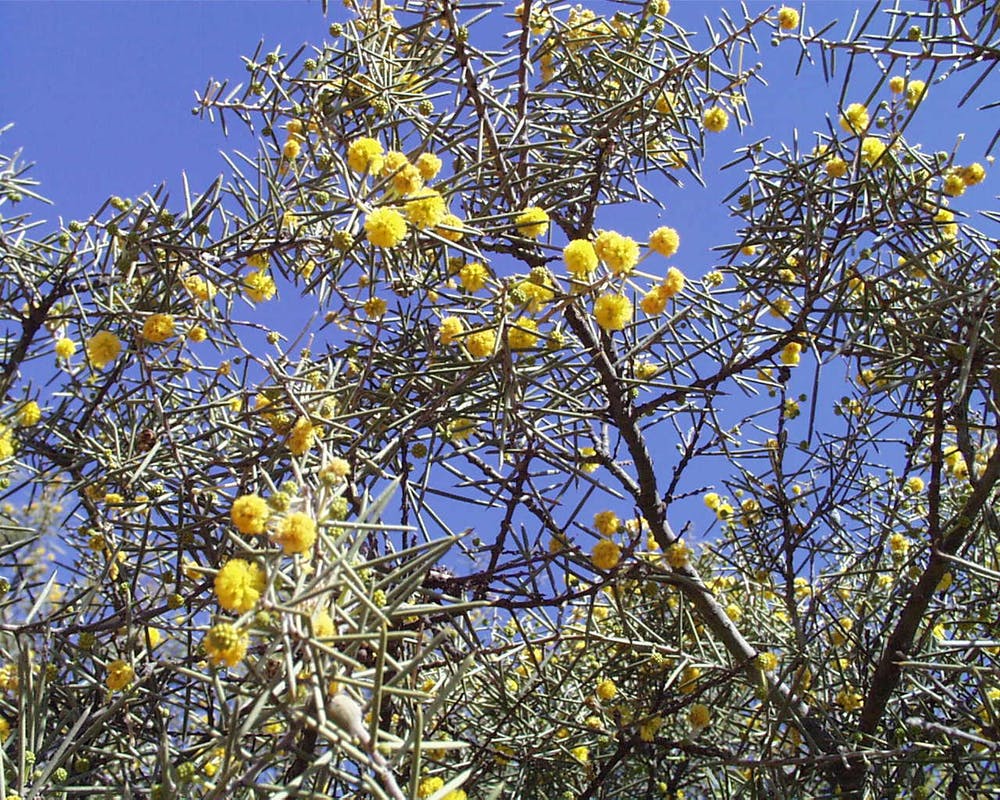
Read more: How I discovered the Dalveen Blue Box, a rare eucalypt species with a sweet, fruity smell
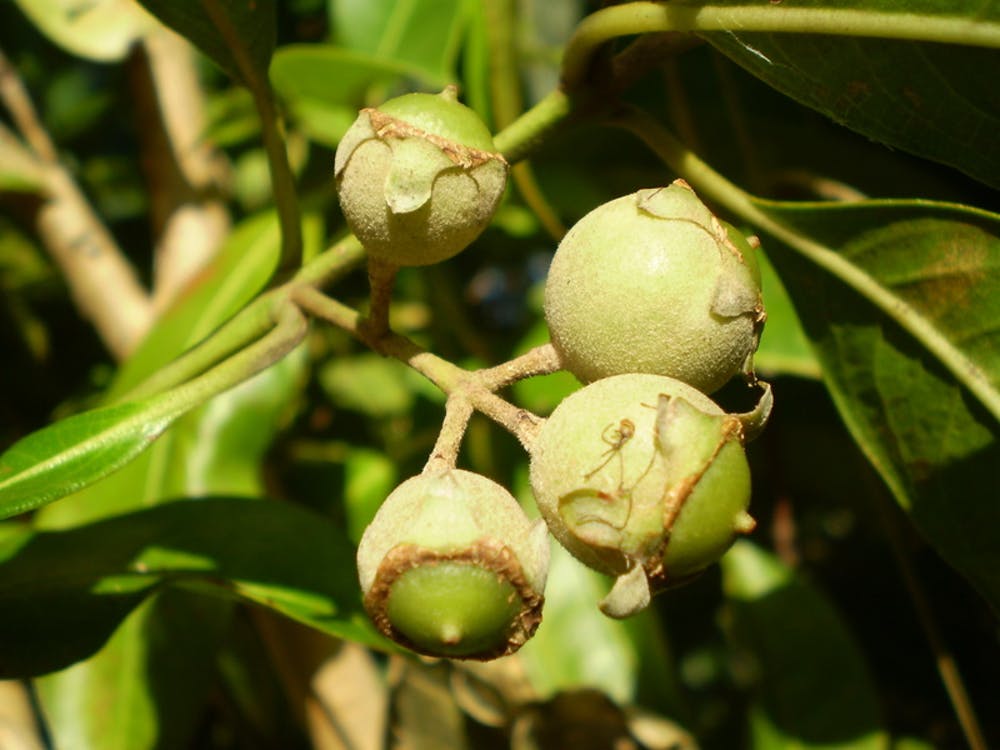
Read more: How many species on Earth? Why that's a simple question but hard to answer
Koala Drinking Stations Can Reduce Impact Of Climate Change
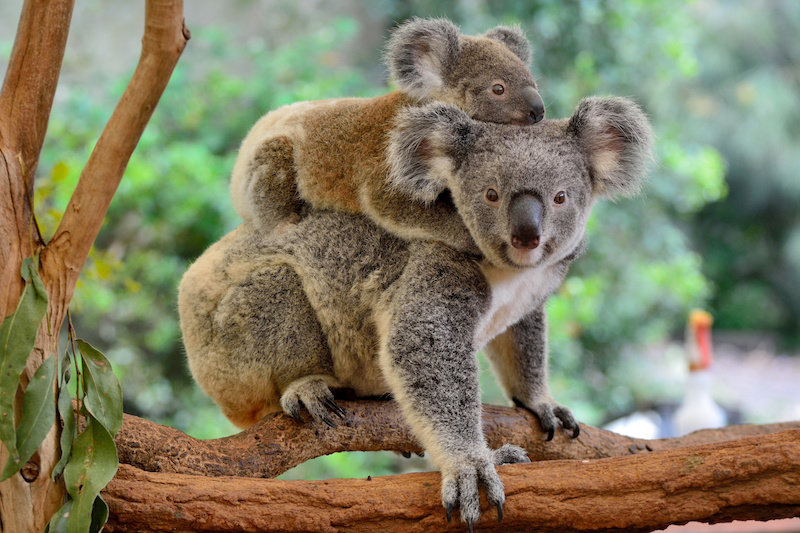
Are You Koalified To Report Wildlife Sightings?
By NSW Office of Environment & Heritage
NSW communities are being asked to share where they have seen wildlife around New South Wales, over the last 2 years, as a new online Community Wildlife Survey launched 24 May.
"We want to know about your sightings of brushtail possums, foxes, platypus, wombats, koalas, spotted-tailed quolls, kangaroos, deer and dingos," said Dr Tom Celebrezze, Science Director, Office of Environment and Heritage.
"Whether you see a possum, a wombat whilst out working, or a koala during your holiday, every sighting helps to understand where in New South Wales these animals are living and how their populations are faring.
"Community wildlife sightings are hugely valuable to researchers and they give local communities a chance to share what is happening with the wildlife in their area.
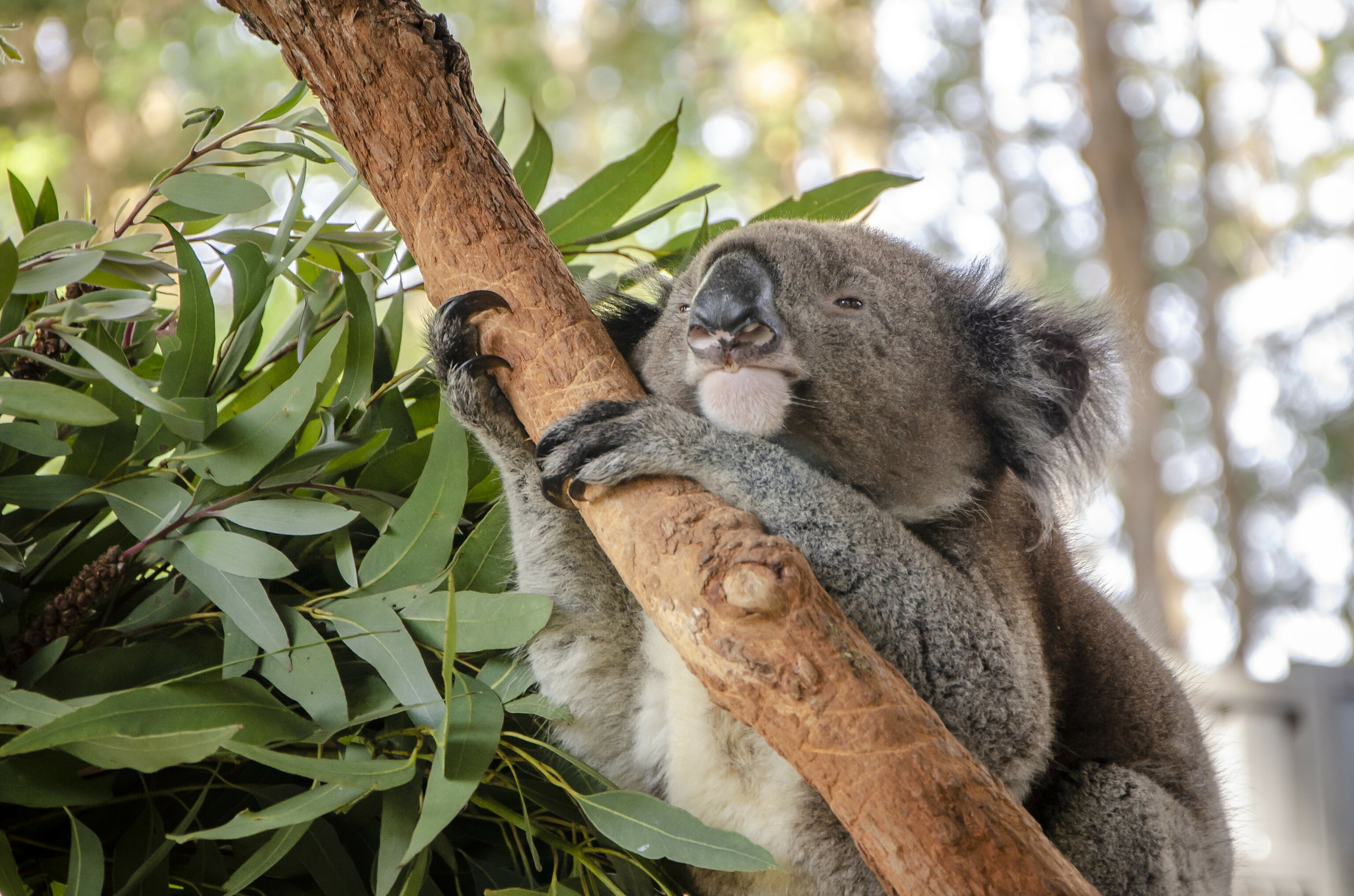
Koala, Macquarie Nature Reserve - Photo credit John Spencer, OEH
"This rich data source helps scientists to get a better view of wildlife across New South Wales and gain a clearer understanding of where these animals are, their health, and any threats," said Dr Celebrezze.
The survey, conducted by the Office of Environment and Heritage (OEH), asks contributors to record sightings of 10 key animals, over the last 2 years, wherever they have been seen across New South Wales.
Mr Celebrezze said the survey also draws on community knowledge, asking contributors if they think populations are increasing, decreasing or staying the same in their local area.
"Scientists will use the data to look at how the populations of the 10 animals have changed since the last survey in 2006," said Dr Celebrezze.
"Back in 2006 more than 16,000 people shared their wildlife sightings and the data generated played a vital role in understanding more about the location and status of animals in New South Wales, helping to shape research and conservation priorities for the State.
"We are keen to get a similar number of survey participants this year, if not more.
"The survey is being funded as part of the $44.7 million NSW Koala Strategy, that will help secure the future of koalas in the wild. Data from this year's survey can help identify sites for priority action under the NSW Koala Strategy as well as forming part of koala monitoring across the State.
"I encourage every NSW resident who has seen one of the 10 animals over the past 2 years in New South Wales, to share their sightings and wildlife information through the survey.
"It only takes 10 to 20 minutes to complete. It's a great opportunity to help build knowledge about wildlife in your local area," said Dr Celebrezze.
Access the new wildlife survey here: Community wildlife survey
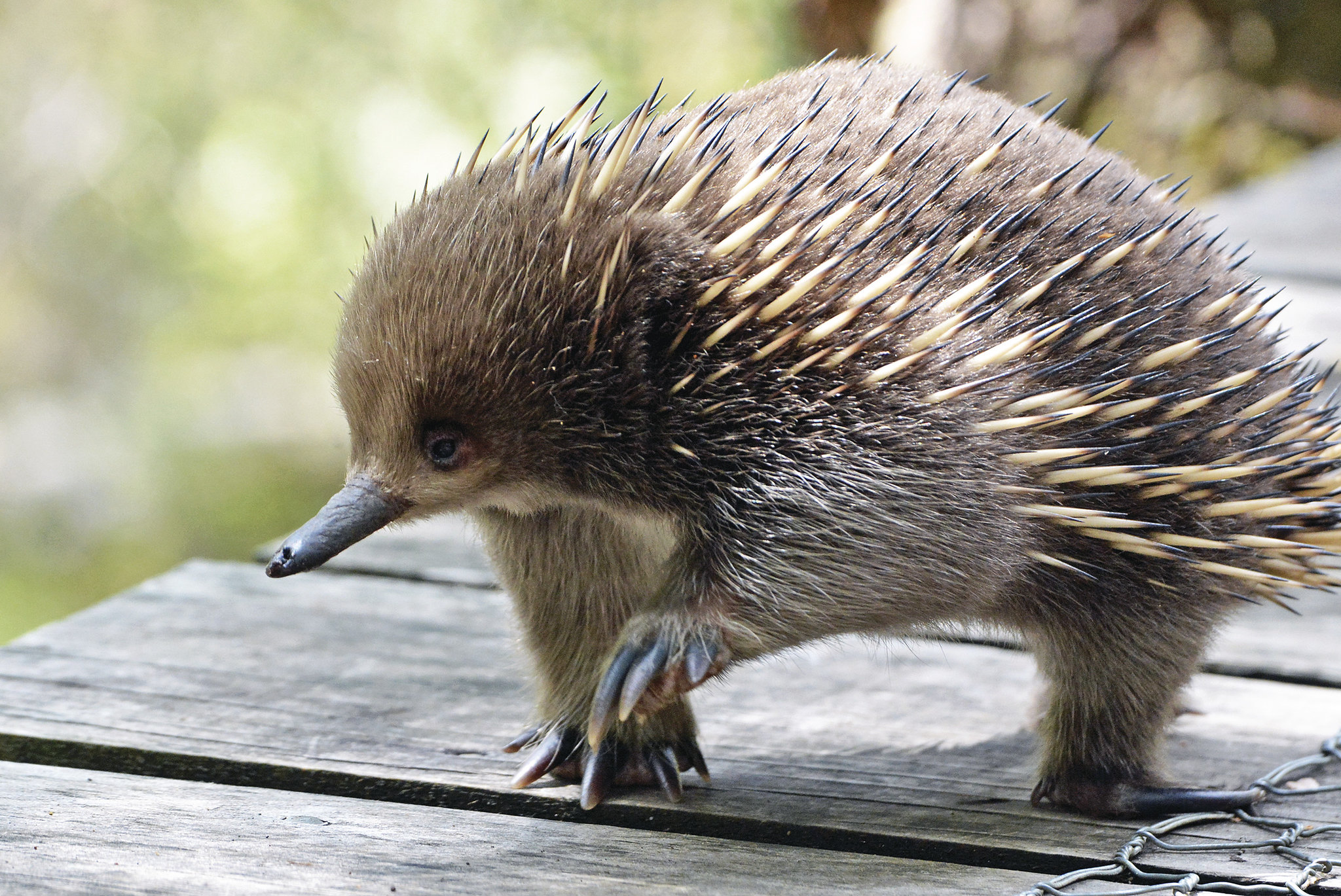
Short Beaked Echidna. Photo credit Sharon Wormleaton, OEH
Organics Collections Grants Now Open
Six Forgotten Wood Giants
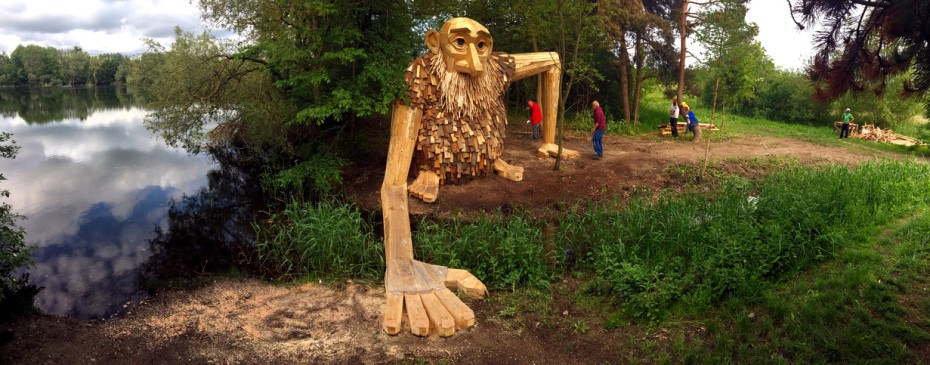
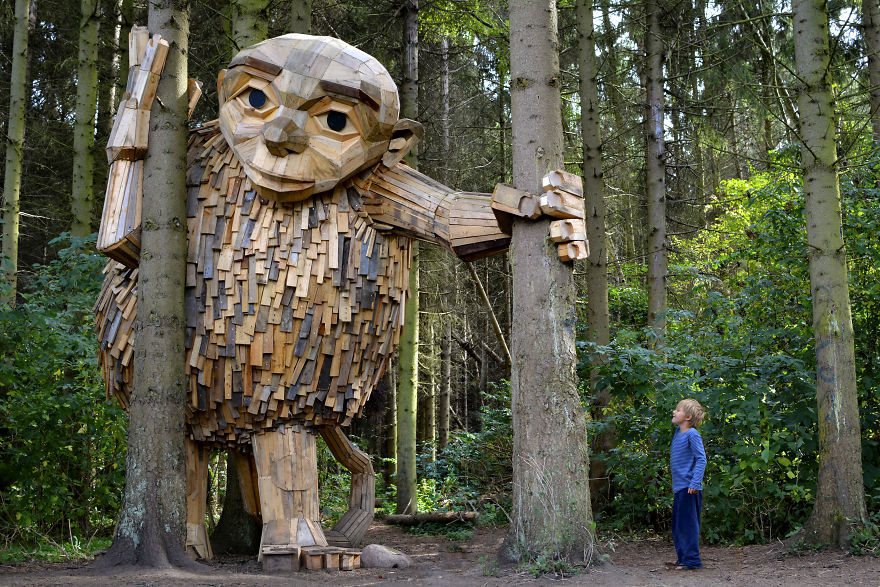
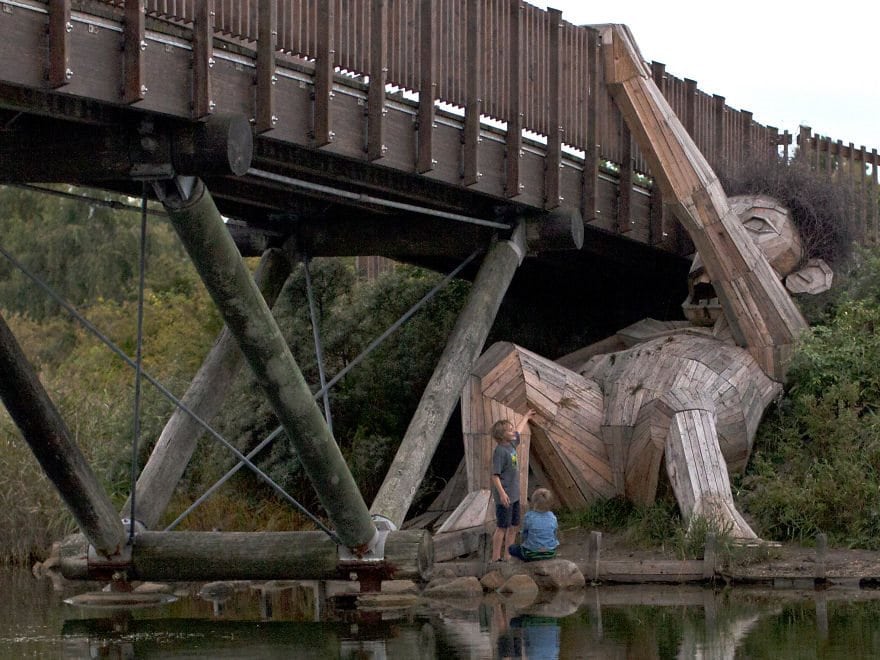

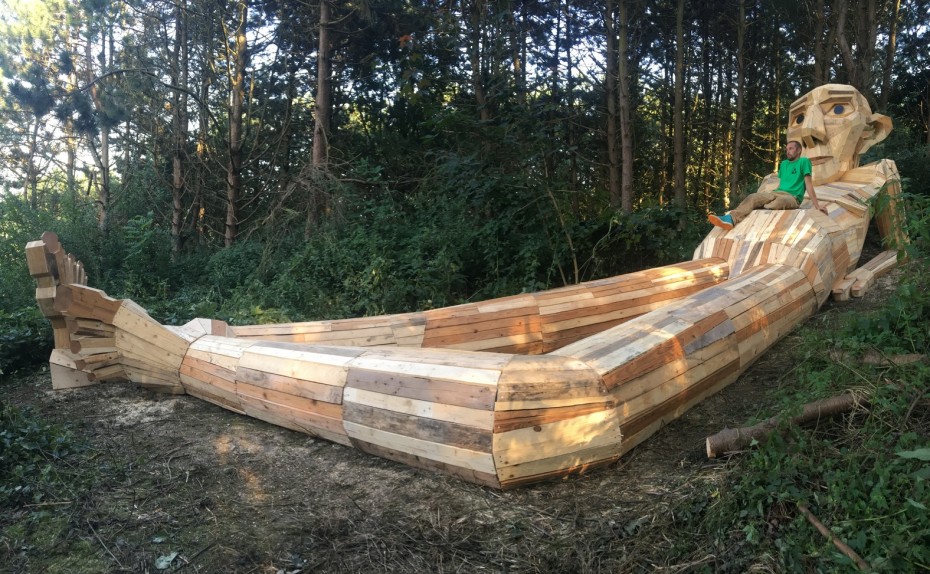
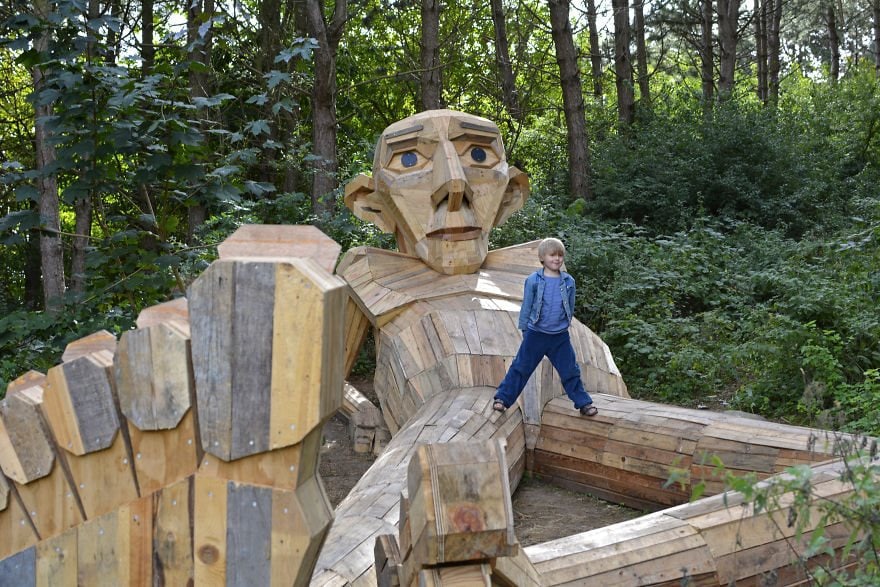
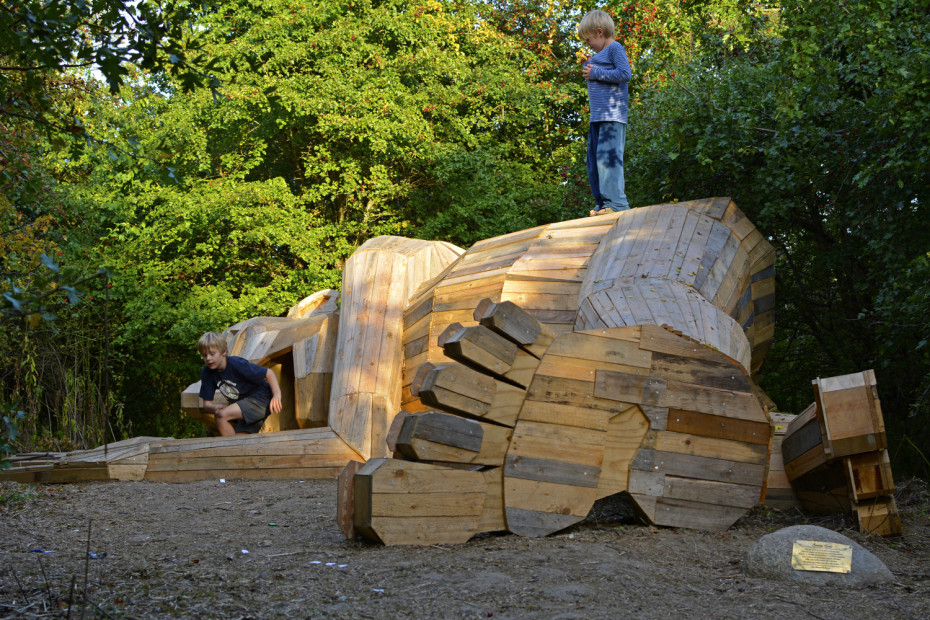
Curious Kids: Why Did The Dinosaurs Die?
Why did the dinosaurs die? – Whitaker, age 4.
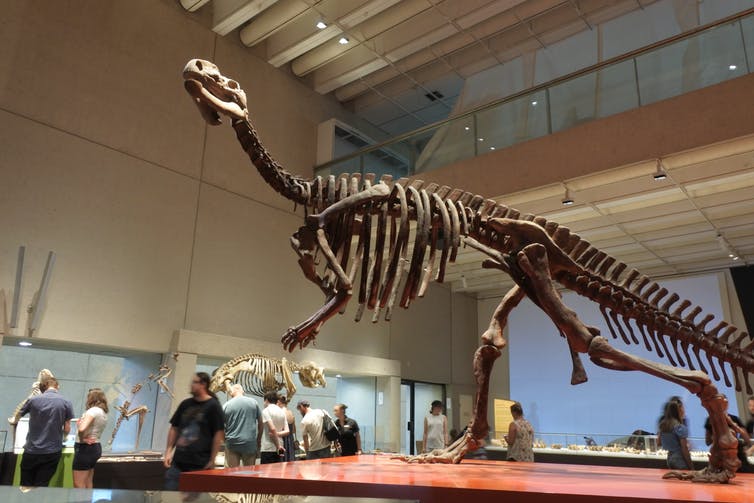
Read more: Curious Kids: How many dinosaurs in total lived on Earth during all periods?
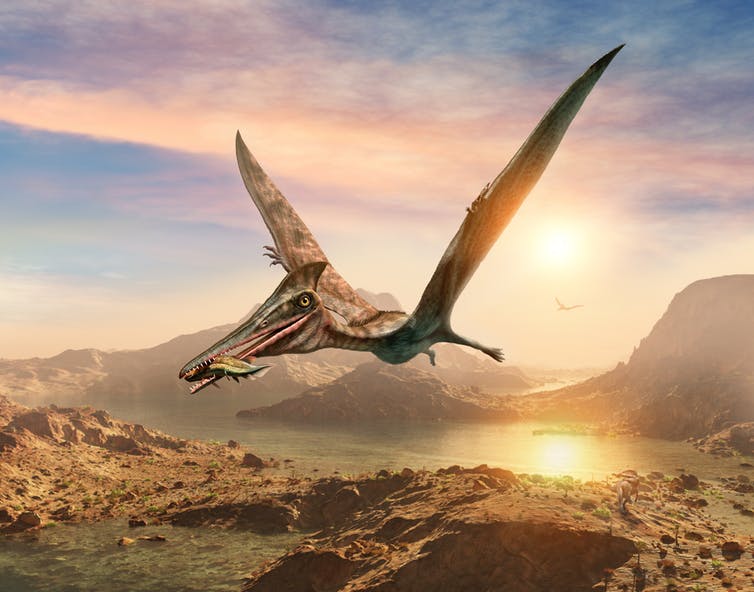
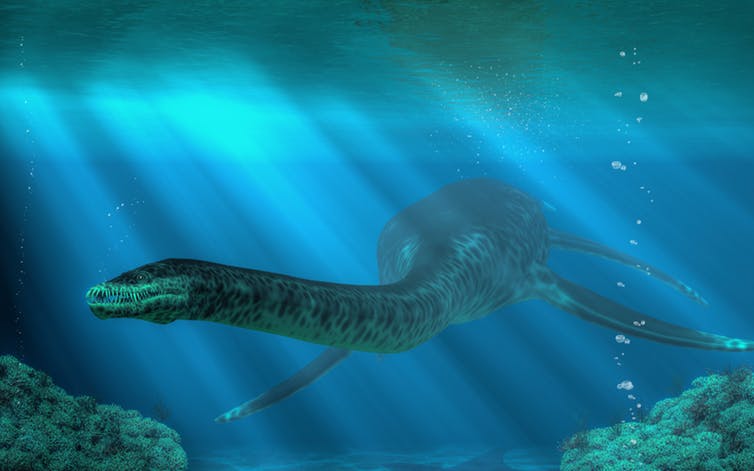
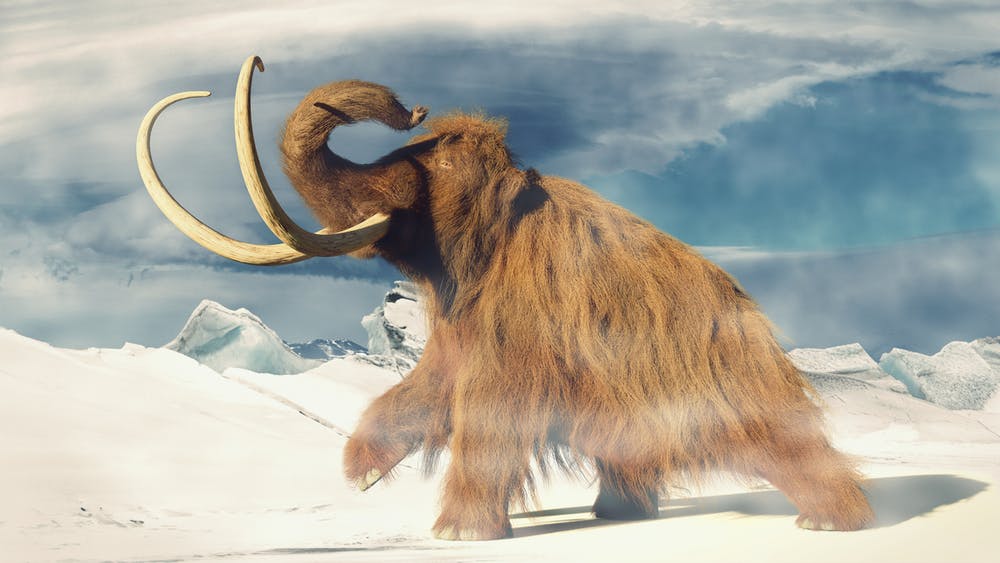
Read more: Curious Kids: Are mermaids real?
Helping Aussie Birds - The Birds In Backyards Program
Cost A Barrier For Life-Saving Asthma Treatments, New Study Finds
- 52.9% of adults and 34.3% of parents reported under-using treatments due to cost.
- Three-quarters of children and adults had partly or poorly controlled asthma symptoms.
- About 40% of adults with asthma had not used an ICS-containing medication in the previous year, despite Australian guidelines recommending that these should be taken by almost all adults with asthma.
- 45% of adults and 64% of children had required urgent healthcare treatment for their asthma in the previous year.
- While differences in income did not appear to be a driving factor in underuse, a sub-class of ‘working poor families’ with asthmatic children was identified as having higher levels of underusing medications for asthma.
BHI Shows Effect Of Early Flu Season
Combating Mosquito-Borne Diseases With Bacteria
Carbon Dioxide Levels In Atmosphere Hit Record High In May
Life In Australia: Melbourne In 1966
UNSW PhD Candidate Takes Up Research Fellowship At The Julliard School

Night Owls Can 'Retrain' Their Body Clocks To Improve Mental Well-Being And Performance
- Wake up 2-3 hours before regular wake up time and maximise outdoor light during the mornings.
- Go to bed 2-3 hours before habitual bedtime and limit light exposure in the evening.
- Keep sleep/wake times fixed on both work days and free days.
- Have breakfast as soon as possible after waking up, eat lunch at the same time each day, and refrain from eating dinner after 7pm.
Trailblazing Findings On The Properties Of Daguerreotypes
Disclaimer: These articles are not intended to provide medical advice, diagnosis or treatment. Views expressed here do not necessarily reflect those of Pittwater Online News or its staff.